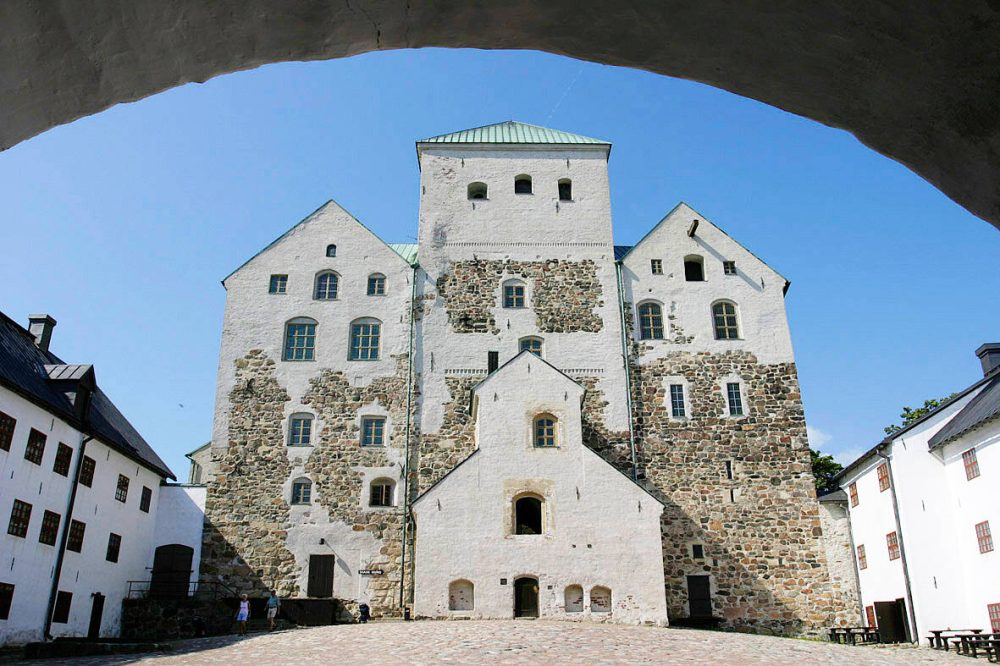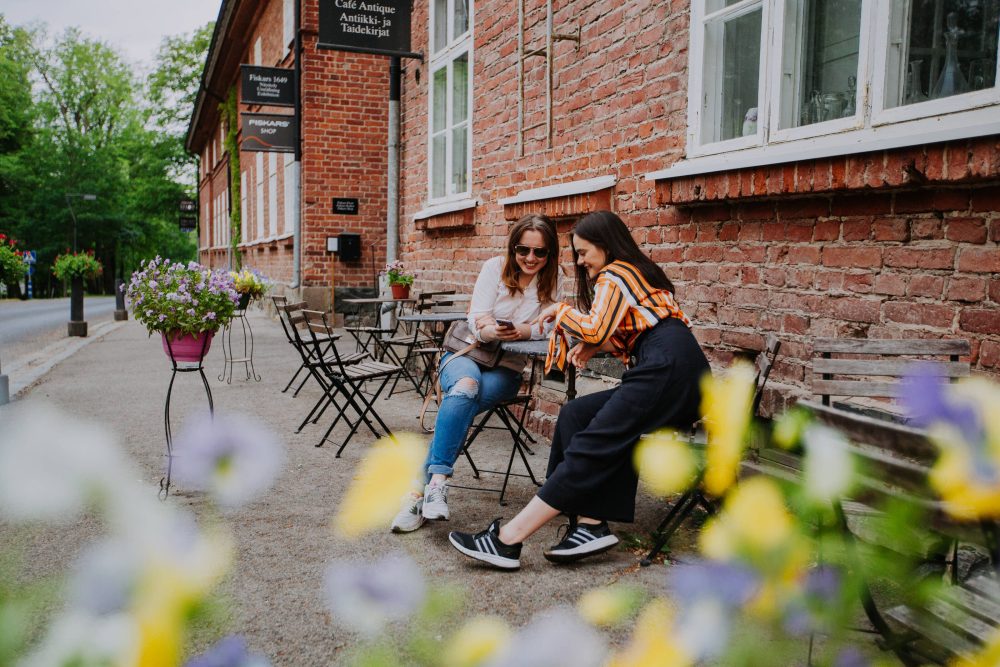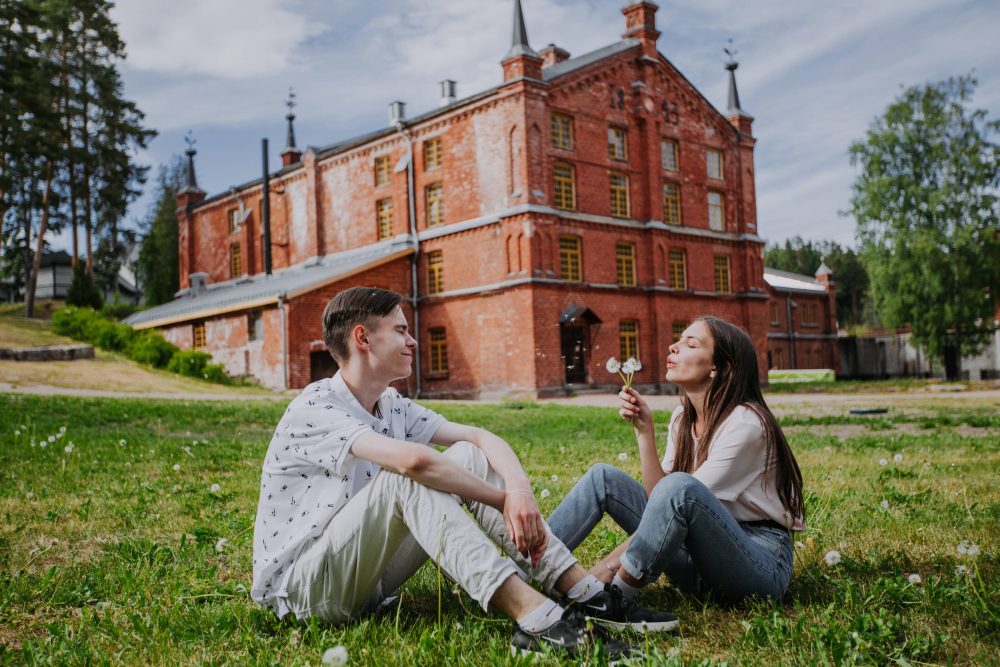Finland’s summer history escapes
Finland’s history is written in stone walls, timber houses, and riverside mills. In summer, many fascinating sites in Southern and coastal Finland are open for visitors to explore medieval strongholds, UNESCO-listed towns, and industrial heritage surrounded by nature.
Turku Castle and Cathedral
13th century Turku, Finland’s oldest city, has had many phases, from medieval fortress to Renaissance palace. Today you can walk through banquet halls, dungeons, and exhibitions that tell Finland’s story from the Middle Ages to modern times. Nearby is Turku Cathedral, consecrated around 1300 and still one of Finland’s most important religious buildings. Both are active cultural venues, hosting summertime concerts and festivals.

Häme Castle
Häme Castle was built in the late 1200s, likely to secure Swedish power in central Finland. Its brick walls are unusual, as brick was not a typical Finnish building material at the time. You can see permanent exhibitions on medieval life, weaponry, and the castle’s role in regional history. The castle park is a popular summer gathering place, and outdoor events bring the fortress to life with music and theatre.
Rauma’s Old Town
Old Rauma is one of Europe’s best-preserved wooden towns, listed by UNESCO since 1991. About 600 colorful wooden buildings, many of them still private homes, fill the historic center. Lacemaking has been part of Rauma’s heritage since the 18th century, and is celebrated each July during the Lace Week festival (Pitsiviikko). Cafés, artisan workshops and small museums bring life to the cobbled streets, making Rauma a rare example of a medieval town where traditions are alive today.
Ironworks villages: Fiskars, Billnäs and more
In the 17th and 18th centuries, iron production was vital to Finland’s economy. Villages such as Fiskars and Billnäs grew around forges and rivers that powered waterwheels. Many historic workshops and smithies have been repurposed as galleries, boutiques, and restaurants. Fiskars is known especially as a design hub. Annual summer art and design exhibitions draw visitors from around the world. Exploring the leafy grounds gives you a sense of how industry and everyday life once intertwined.

Verla Groundwood and Board Mill
The Verla Mill, operational from 1872-1964, is a rare survivor of Europe’s early paper industry. Recognized by UNESCO in 1996, it preserves workshops, machinery, and worker housing exactly as they were when the mill closed. Guided tours (available in summer) explain the papermaking process and the lives of the workers who once lived here. The setting, in a forested valley by a lake near Kouvola, makes Verla both a cultural and natural experience. It is a place where Finland’s industrial past is still visible in its original landscape.
In summer, these unique historical places in the far north of Europe open their doors and let you step into centuries gone by. The past is close here, woven into everyday life and framed by forests, water and light.
